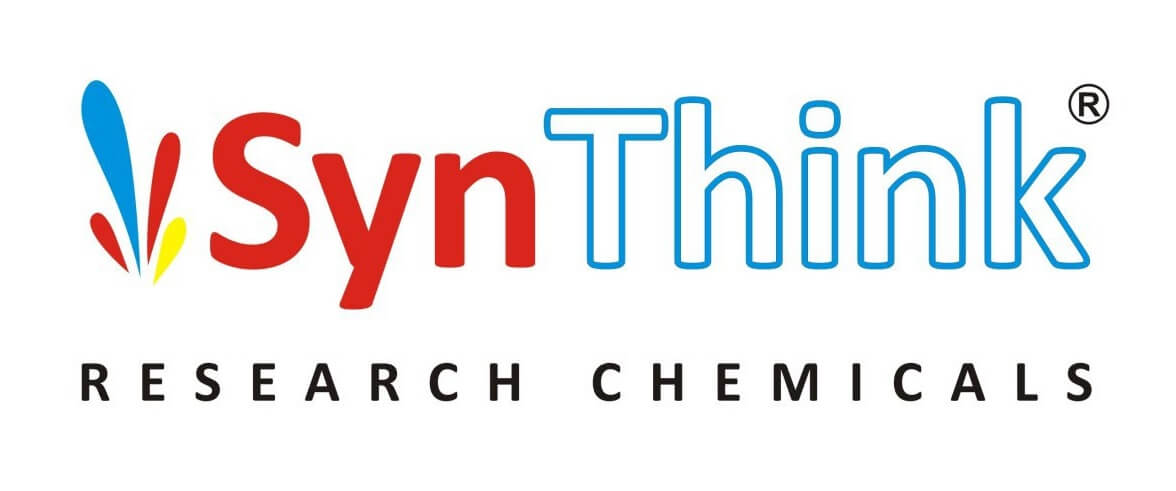USP Reference Standards
USP Reference Standards: Ensuring Quality and Accuracy in Pharmaceutical Analysis
In the field of pharmaceutical analysis, accuracy and reliability are paramount. To ensure consistent quality and reliable results, reference standards are crucial. Among the industry’s most widely recognized and utilized reference standards are those provided by the United States Pharmacopeia (USP). This article will explore the significance of USP Reference Standards, their role in pharmaceutical analysis, development and characterization processes, quality assurance, applications, and the associated challenges.
What are USP Reference Standards?
USP Reference Standards are highly purified substances that are established and distributed by the United States Pharmacopeial Convention (USP). These standards serve as benchmarks for quality, purity, strength, and identity of pharmaceutical substances and products. USP Reference Standards are widely adopted by pharmaceutical manufacturers, regulatory agencies, and laboratories worldwide to ensure accurate and consistent analysis.
Importance of USP Reference Standards
USP Reference Standards play a critical role in pharmaceutical analysis by providing a reliable basis for evaluating the quality and performance of drug substances and products. These standards serve as essential tools for various analytical techniques, including chromatography, spectroscopy, and dissolution testing. By utilizing USP Reference Standards, pharmaceutical scientists can validate their analytical methods, perform accurate quantitative and qualitative analysis, and ensure compliance with regulatory requirements.
Role of USP Reference Standards in Pharmaceutical Analysis
4.1. Method Validation and Verification
USP Reference Standards are used in the validation and verification of analytical methods employed in pharmaceutical analysis. These standards act as reference materials to establish the accuracy, precision, selectivity, linearity, and robustness of the methods. By comparing the results obtained with the reference standards, scientists can ensure that their methods are reliable and capable of providing accurate analysis.
4.2. Identification and Quantification of Impurities
USP Reference Standards are instrumental in identifying and quantifying impurities present in drug substances and products. Impurities can arise from various sources, such as synthesis, degradation, or interaction with excipients. By comparing the retention time, spectral characteristics, and peak purity of the impurities with the reference standards, analysts can accurately determine the type and amount of impurities present.
Development and Characterization of USP Reference Standards
The development and characterization of USP Reference Standards involve a rigorous process to ensure their quality and reliability. This process includes thorough characterization of the reference material, determination of its purity, and assessment of its stability and homogeneity. The USP employs various analytical techniques, such as chromatography, spectroscopy, and mass spectrometry, to establish the identity and purity of the reference standards.
Ensuring Quality and Traceability of USP Reference Standards
The USP maintains a robust quality management system to ensure the quality and traceability of its reference standards. This includes adherence to good manufacturing practices (GMP) and the use of validated analytical methods. The USP’s Reference Standard catalog provides detailed information about each standard, including its certificate of analysis, storage conditions, and recommended handling procedures. This transparency and traceability instill confidence in the reliability and accuracy of the USP Reference Standards.
6.1. Quality Assurance Measures
The USP implements stringent quality assurance measures throughout the development, production, and distribution of its reference standards. These measures encompass thorough documentation, adherence to GMP, regular audits, and proficiency testing programs. By maintaining high-quality standards, the USP ensures that the reference materials are reliable and consistent, enabling accurate and precise analysis in pharmaceutical laboratories.
6.2. Traceability and Metrological Traceability
Traceability is an essential aspect of USP Reference Standards. The USP ensures traceability by establishing a clear chain of custody from the manufacturer to the end-user. This traceability allows users to link their measurements to internationally recognized measurement units and ensures comparability of results across different laboratories.
Applications of USP Reference Standards
USP Reference Standards find extensive applications in various areas of pharmaceutical analysis. These include the development and validation of analytical methods, assessment of drug impurities and degradation products, determination of drug substance identity and purity, and quality control of pharmaceutical products. Furthermore, USP Reference Standards are used for testing the performance of instruments and equipment used in pharmaceutical analysis laboratories.
Comparison with Other Reference Standards
While there are several other organizations and compendia that provide reference standards, USP Reference Standards are widely recognized and accepted globally. The USP’s reputation for setting rigorous standards and its commitment to quality assurance make its reference standards highly trusted by pharmaceutical manufacturers, regulatory agencies, and testing laboratories.
Challenges in Working with USP Reference Standards
Working with USP Reference Standards can present certain challenges. These may include the availability and cost of specific standards, the need for proper storage and handling to maintain their integrity, and the occasional need for additional characterization or customization of the reference material to meet specific analytical requirements. Overcoming these challenges requires careful planning, collaboration with reputable suppliers, and adherence to recommended best practices.
Conclusion
USP Reference Standards are indispensable tools in the field of pharmaceutical analysis, ensuring accuracy, reliability, and regulatory compliance. By serving as benchmarks for quality and purity, these standards contribute to the development, validation, and quality control of pharmaceutical products. The rigorous development and characterization processes, along with the USP’s commitment to quality assurance, establish the reliability and traceability of USP Reference Standards. Pharmaceutical scientists and industry professionals can rely on these standards to achieve accurate and consistent results in their analytical endeavors.
FAQs (Frequently Asked Questions)
- What are USP Reference Standards? USP Reference Standards are highly purified substances provided by the United States Pharmacopeial Convention (USP) to serve as benchmarks for quality, purity, strength, and identity of pharmaceutical substances and products.
- Why are USP Reference Standards important? USP Reference Standards are vital in pharmaceutical analysis as they ensure accurate and reliable evaluation of drug substances and products, facilitate method validation, and help meet regulatory requirements.
- How are USP Reference Standards developed and characterized? USP Reference Standards undergo a rigorous process of characterization, including the determination of purity, stability, and homogeneity. Analytical techniques such as chromatography, spectroscopy, and mass spectrometry are used to establish their identity and purity.
- What are the applications of USP Reference Standards? USP Reference Standards are used in various areas of pharmaceutical analysis, including method development and validation, impurity and degradation product assessment, determination of identity and purity, and quality control of pharmaceutical products.
- How do USP Reference Standards compare to other reference standards? USP Reference Standards are widely recognized and accepted globally due to the USP’s reputation for setting rigorous standards and its commitment to quality assurance. They are highly trusted by pharmaceutical manufacturers, regulatory agencies, and testing laboratories.


